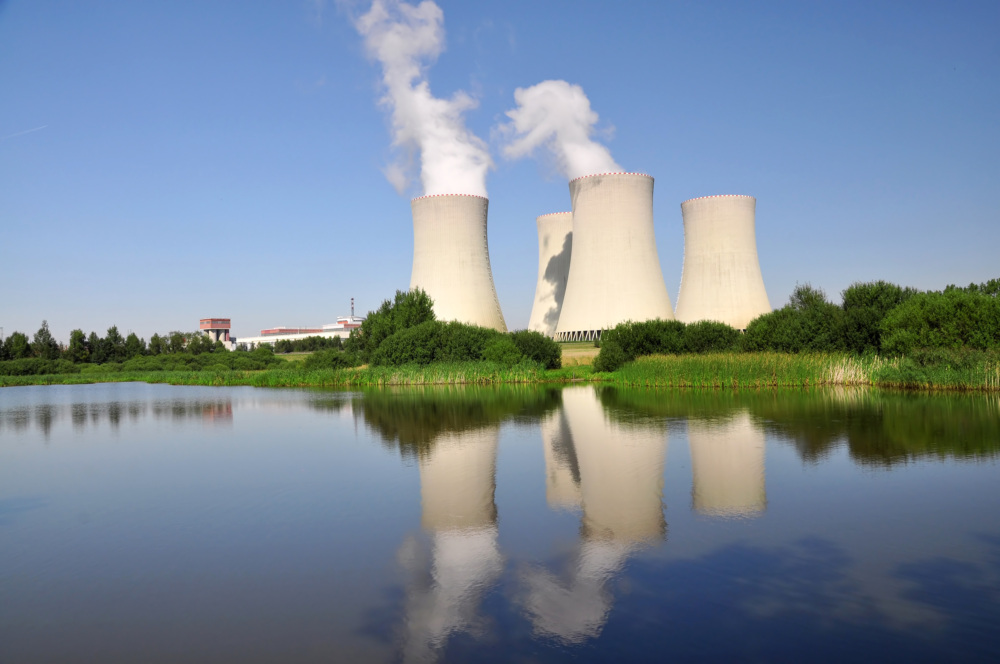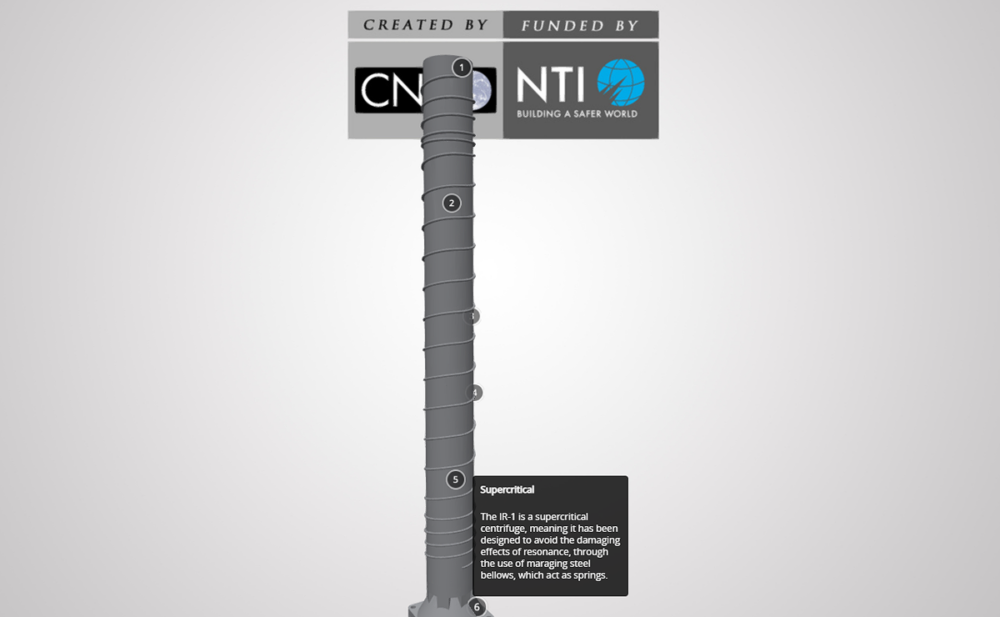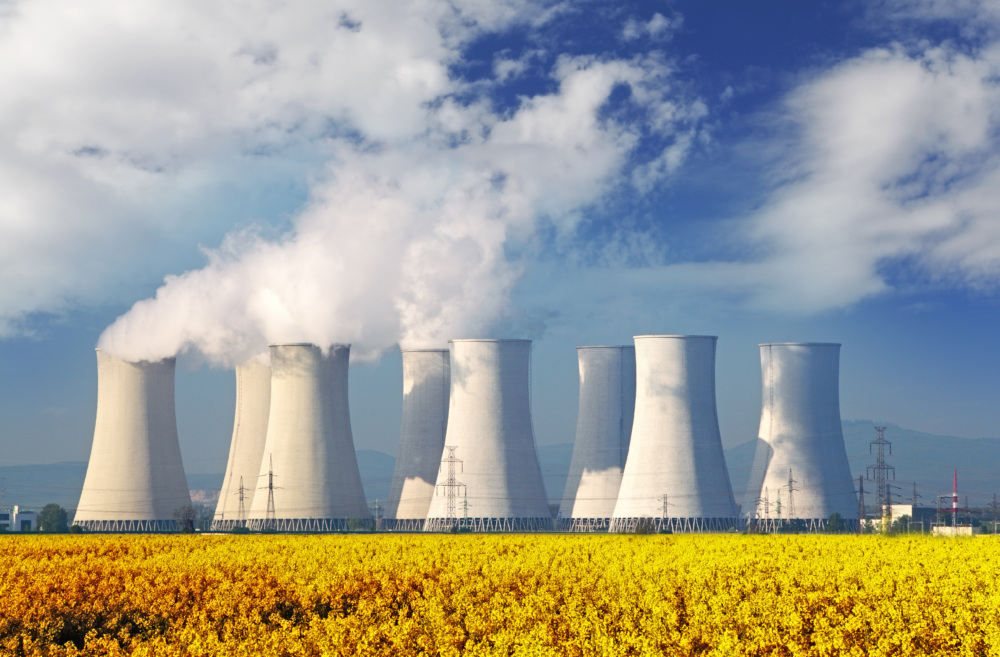Iran’s centrifuge enrichment program has been the most controversial dimension of its nuclear program. The number and types of centrifuges Iran will be allowed to operate, along with the scope of research and development of more advanced centrifuges, are key elements of the ongoing negotiations between Iran and the P5+1.
The IR-1 is the workhorse of Iran’s enrichment program, with over 15,000 installed at the Fuel Enrichment Plant (FEP) at Natanz and 2,710 installed at the Fordow Fuel Enrichment Plant. The IR-1 is Iran’s first centrifuge, and is based off Pakistan’s P-1 machine supplied via the A.Q. Khan black-market network in the 1980s and 1990s. 1
Among Iran’s more advanced centrifuges, the IR-2m is the furthest along in its development. Similar to the IR-4 detailed below, the IR-2m is derived from Pakistan’s P-2 centrifuge and is believed to have an enrichment output at least four times greater than the IR-1. About 1,000 are currently installed but not enriching uranium at the Fuel Enrichment Plant (FEP) at Natanz. Another 164 are installed in the R&D area of the Pilot Fuel Enrichment Plant (PFEP). Under the framework accord outlined in early April 2015 for a comprehensive deal due in late June, Iran will remove all IR-2m centrifuges from the FEP and place them in IAEA monitored storage for ten years. 2 3 4
The IR-4 is one of several more advanced centrifuges Iran is currently developing. The IR-4 is believed to be at least four times more efficient than the IR-1. Nearly 200 are installed at the Pilot Fuel Enrichment Plant (PFEP) at Natanz. The IR-4 is reportedly derived from Pakistan’s P-2 design purchased from A.Q. Khan in the 1990s, although Iran subsequently introduced several modifications. 5 6




